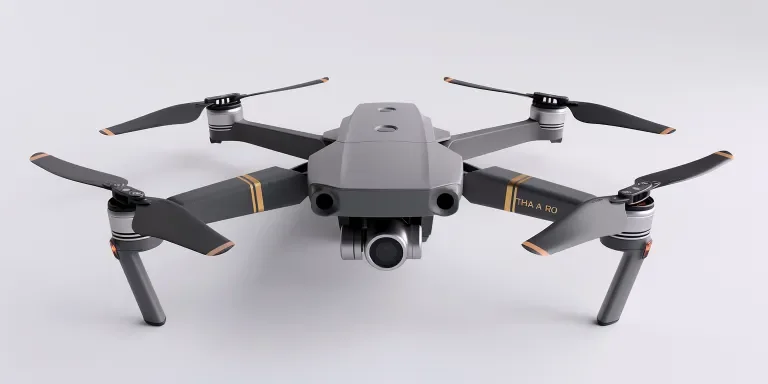The mini drone market is projected to reach USD 6.4 billion by 2025, driven by technological advancements and diverse applications. This article provides an in-depth analysis of the latest trends, performance benchmarks, and strategic considerations for professional buyers. Transitioning into the main text, the guide offers valuable insights to aid in selecting the best mini drones for various operational needs.
Table of Contents:
– Mini Drone Market Overview
– Detailed Market Analysis
– Key Factors When Selecting a Mini Drone
– Latest Technology Features in Mini Drones
– Durability and Build Quality of Mini Drones
– Regulatory Compliance and Safety Standards
Mini Drone Market Overview
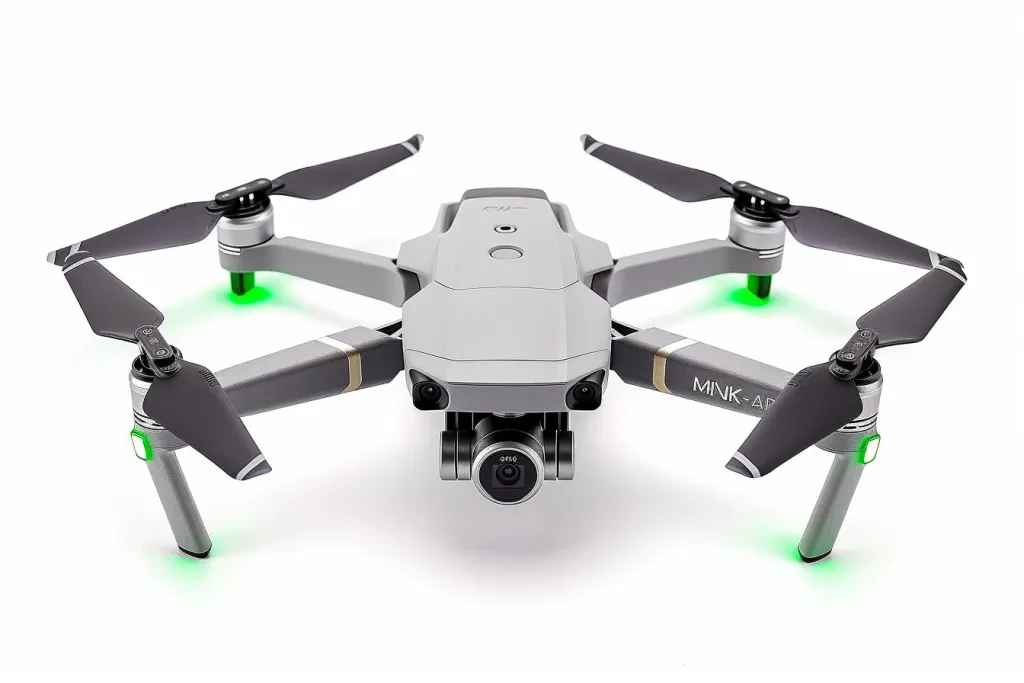
The mini drone market has been experiencing robust growth, driven by advancements in technology and increased consumer interest. As of 2025, the global mini drone market is valued at approximately USD 6.4 billion, with a projected compound annual growth rate (CAGR) of 23.5% over the next five years. This surge is fueled by the diversification of applications, spanning from recreational use to professional photography and surveillance.
North America holds the largest share of the mini drone market, accounting for 38% of the global revenue. This is due to the high adoption rate of advanced technologies and favorable regulatory frameworks. The Asia-Pacific region is anticipated to be the fastest-growing market, with a CAGR of 27%, driven by increasing consumer electronics adoption and supportive government policies in countries like China and India.
Key players in the market include DJI, Parrot SA, and Hubsan Technology, which collectively hold over 55% of the market share. These companies are continually innovating, focusing on enhancing battery life, camera quality, and autonomous flight capabilities. The market’s growth is also supported by the rising demand for high-definition aerial imagery and the integration of AI and machine learning in drone operations.
Detailed Market Analysis
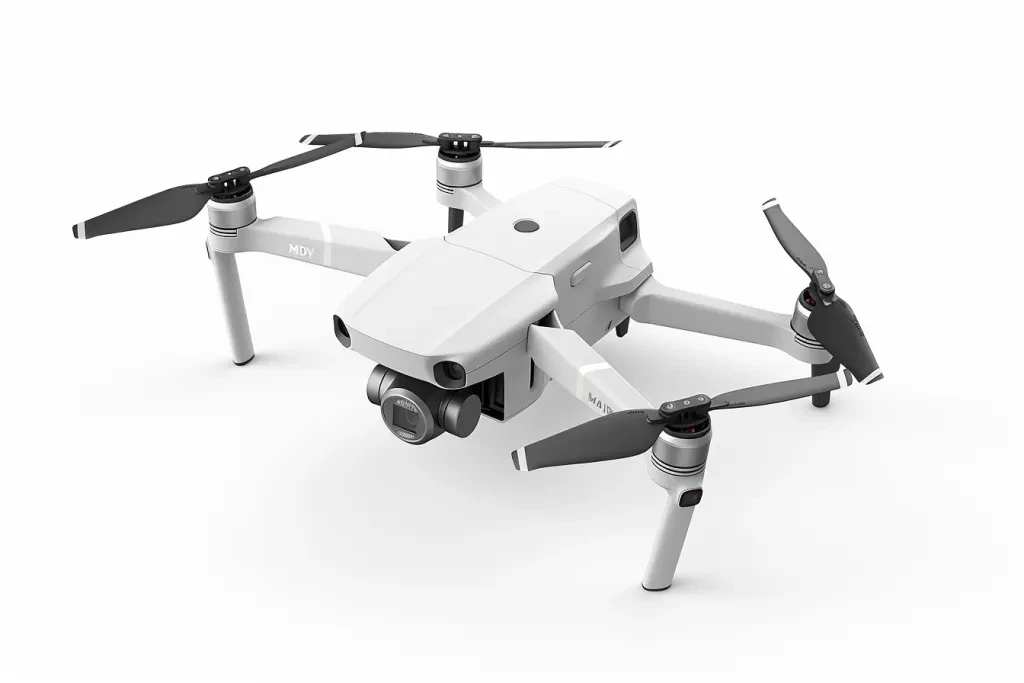
The mini drone market is characterized by several key performance benchmarks, including flight time, camera resolution, and ease of use. Current models typically offer flight times ranging from 20 to 30 minutes, with high-end models achieving up to 45 minutes. Camera resolutions have also seen significant improvements, with many drones now featuring 4K and even 8K capabilities.
Market share dynamics reveal a competitive landscape where innovation is key. DJI remains the market leader, with a 35% share, followed by Parrot SA at 15% and Hubsan Technology at 10%. These companies invest heavily in R&D to maintain their competitive edge, focusing on features like obstacle avoidance, enhanced GPS capabilities, and user-friendly interfaces.
Economic factors such as increasing disposable incomes and the proliferation of e-commerce platforms are driving consumer behavior shifts. Seasonal demand patterns show spikes during holidays and major events, where aerial photography is highly desired. Distribution channels are evolving, with a growing preference for online platforms, which now account for 60% of total sales.
Recent innovations in mini drones include foldable designs for portability, advanced stabilization technologies, and the integration of VR for immersive flight experiences. The product lifecycle of mini drones is relatively short, with new models introduced every 12-18 months to keep up with rapid technological advancements. Digitalization and the use of IoT are further enhancing the functionality and user experience of mini drones.
Environmental regulations are becoming more stringent, emphasizing reducing noise pollution and ensuring safe flight operations in populated areas. Customer pain points primarily revolve around battery life, ease of use, and the cost of high-end models. To address these issues, companies are developing more efficient batteries, intuitive controls, and offering a range of products to cater to different budget segments.
Brand positioning strategies are crucial, with companies like DJI leveraging their reputation for quality and innovation. Differentiation strategies include offering unique features such as AI-powered autonomous flight, modular designs for easy upgrades, and comprehensive customer support. Niche markets, such as agricultural monitoring and wildlife conservation, are also emerging, providing new growth opportunities for mini drone manufacturers.
Key Factors When Selecting a Mini Drone
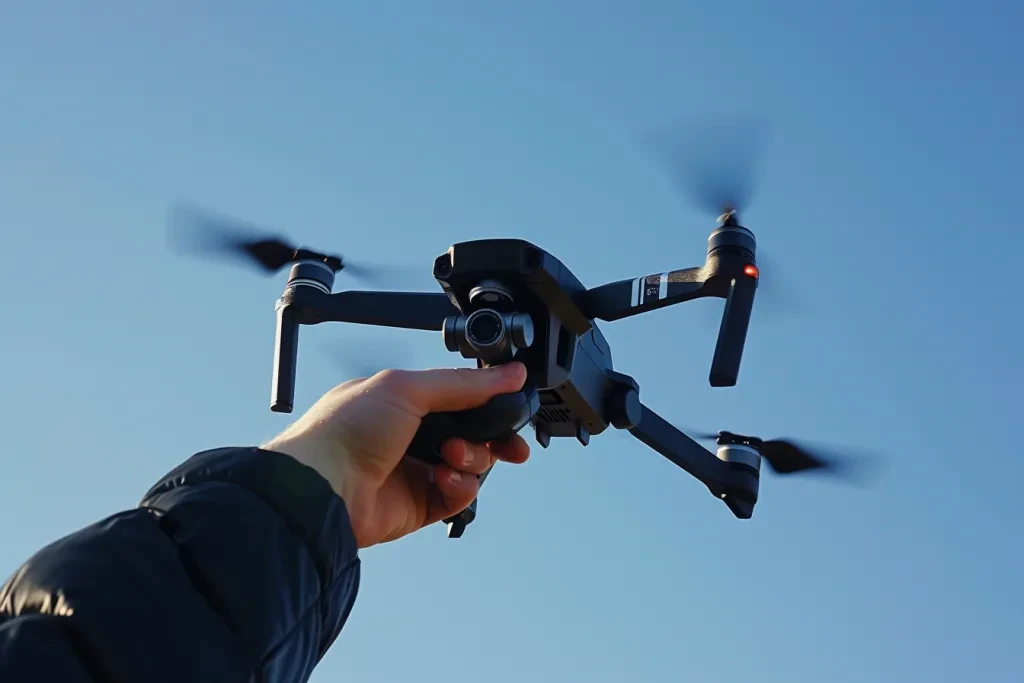
When selecting a mini drone, several key factors can significantly influence the decision-making process. These factors are critical for ensuring that the chosen drone meets specific requirements and provides optimal performance. Understanding these factors can help buyers make informed decisions that align with their operational and budgetary needs.
Types and Styles
Mini drones come in various types and styles, each designed for specific purposes and user preferences. The most common types include toy drones, racing drones, and camera drones. Toy drones are typically the most affordable and are suitable for beginners and recreational use. They are lightweight, easy to control, and often come with basic features.
Racing drones are built for speed and agility. They are designed to navigate through obstacles at high speeds and require a higher skill level to operate. These drones are popular among hobbyists and competitive racers. Camera drones are equipped with advanced camera systems and are used for aerial photography and videography. They offer features such as high-resolution cameras, gimbal stabilization, and intelligent flight modes.
Each type of mini drone has its own set of features and benefits, making it essential to choose one that aligns with the intended use. Whether for recreational flying, competitive racing, or capturing stunning aerial footage, understanding the different types and styles can help buyers select the right mini drone.
Performance and Functionality
Performance and functionality are critical factors to consider when selecting a mini drone. Key performance metrics include flight time, range, and speed. Flight time refers to how long the drone can stay airborne on a single battery charge. Most mini drones offer flight times ranging from 5 to 30 minutes, with higher-end models providing longer durations.
Range indicates the maximum distance the drone can fly from the controller. Mini drones typically have a range between 50 to 300 meters, with some advanced models offering extended ranges. Speed is crucial, especially for racing drones. High-speed drones can reach speeds of up to 50 miles per hour, providing an exhilarating flying experience.
Functionality encompasses the various features and capabilities of the drone. These may include GPS navigation, obstacle avoidance, automatic return-to-home, and intelligent flight modes such as follow-me and waypoint navigation. Evaluating the performance and functionality of a mini drone ensures that it meets the specific needs and expectations of the user.
Design and Aesthetics
The design and aesthetics of a mini drone play a significant role in its appeal and usability. Mini drones are available in various designs, ranging from sleek and modern to rugged and durable. The design can impact the drone’s aerodynamics, stability, and overall performance.
Aesthetics, while often considered a secondary factor, can influence user satisfaction and brand perception. Drones with eye-catching designs and attractive color schemes are more likely to appeal to consumers. Additionally, the build quality and materials used in the construction of the drone contribute to its durability and longevity.
Foldable designs are becoming increasingly popular, offering portability and convenience. Foldable drones can be easily transported and stored, making them ideal for travelers and outdoor enthusiasts. Overall, the design and aesthetics of a mini drone should align with the user’s preferences and intended use.
Technical Specifications
Understanding the technical specifications of a mini drone is essential for making an informed purchase decision. Key specifications to consider include camera resolution, battery capacity, and motor type. Camera resolution is crucial for drones used in aerial photography and videography. Higher resolution cameras, such as 4K or 1080p, provide clearer and more detailed images.
Battery capacity determines the flight time and overall endurance of the drone. Drones with larger battery capacities can fly for longer periods, reducing the need for frequent recharging. Motor type also impacts the drone’s performance. Brushless motors are more efficient, durable, and provide better performance compared to brushed motors.
Other technical specifications to consider include the drone’s weight, dimensions, and connectivity options. Lightweight drones are easier to maneuver and comply with regulatory weight limits. Connectivity options such as Wi-Fi, Bluetooth, and proprietary communication protocols affect the drone’s range and control capabilities.
Price Range and Budget
Price range and budget are critical considerations when selecting a mini drone. Mini drones are available at various price points, from budget-friendly options to high-end models. Entry-level drones are typically priced between $50 to $150 and offer basic features suitable for beginners and recreational use.
Mid-range drones, priced between $150 to $500, provide a balance of performance and features. These drones often come with better cameras, longer flight times, and advanced functionalities. High-end mini drones, priced above $500, offer premium features such as professional-grade cameras, extended flight times, and advanced navigation systems.
Setting a budget and understanding the price range of available options can help buyers narrow down their choices and select a mini drone that offers the best value for money. It is essential to consider the intended use and prioritize features that align with specific needs and preferences.
Latest Technology Features in Mini Drones
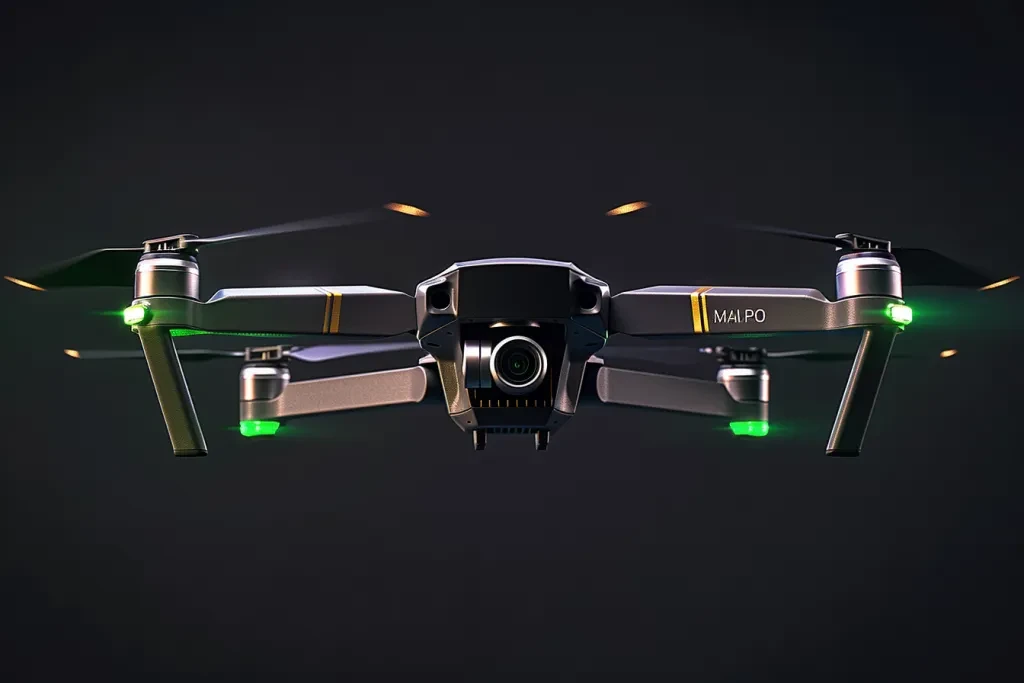
The mini drone market is continually evolving, with manufacturers incorporating the latest technology features to enhance performance and user experience. These advancements provide significant benefits and set new standards in the industry.
Advanced Camera Systems
One of the most notable advancements in mini drones is the integration of advanced camera systems. High-resolution cameras, such as 4K and 1080p, are now common in mini drones, enabling users to capture stunning aerial footage. Features like gimbal stabilization ensure smooth and stable video recording, even in windy conditions.
Additionally, some mini drones come equipped with multiple cameras, offering different perspectives and angles. These advanced camera systems are ideal for professional photographers, videographers, and content creators who require high-quality imagery.
Intelligent Flight Modes
Intelligent flight modes have revolutionized the way mini drones operate. Features such as follow-me, waypoint navigation, and orbit mode allow users to automate flight paths and capture dynamic footage. Follow-me mode enables the drone to track and follow the user, making it ideal for action shots and outdoor activities.
Waypoint navigation allows users to set specific points on a map, and the drone will autonomously navigate to these points. Orbit mode enables the drone to circle around a subject, capturing 360-degree footage. These intelligent flight modes enhance the versatility and functionality of mini drones.
Obstacle Avoidance Systems
Safety is a paramount concern in drone technology, and obstacle avoidance systems play a crucial role in preventing collisions. Advanced mini drones are now equipped with sensors and cameras that detect and avoid obstacles in real-time. These systems use technologies such as LiDAR, infrared, and ultrasonic sensors to create a 3D map of the surrounding environment.
Obstacle avoidance systems ensure safe flight, especially in complex and challenging environments. They provide peace of mind to users and reduce the risk of damage to the drone and property.
Enhanced Connectivity and Control
Enhanced connectivity and control options have improved the user experience of mini drones. Many modern mini drones come with dual-frequency transmission, offering both 2.4GHz and 5.8GHz bands for stable and interference-free communication. This dual-band capability ensures reliable control and video transmission, even in areas with high signal congestion.
Moreover, some mini drones offer smartphone compatibility, allowing users to control the drone using dedicated mobile apps. These apps provide real-time video feeds, flight telemetry, and access to advanced settings. Enhanced connectivity options make it easier for users to operate and customize their drones.
Extended Battery Life and Quick Charging
Battery life is a critical aspect of mini drone performance, and recent advancements have significantly extended flight times. High-capacity batteries and energy-efficient designs enable mini drones to stay airborne for longer durations. Some advanced models offer flight times of up to 30 minutes on a single charge.
Quick charging technology is another significant advancement, reducing the downtime between flights. Drones equipped with fast-charging capabilities can recharge their batteries in a fraction of the time compared to conventional methods. This feature is particularly beneficial for users who require extended flying sessions.
Durability and Build Quality of Mini Drones

Durability and build quality are essential considerations when selecting a mini drone. The materials used in construction and the overall design impact the drone’s ability to withstand wear and tear.
High-Quality Materials
Mini drones constructed with high-quality materials offer superior durability and longevity. Common materials used in drone construction include ABS plastic, carbon fiber, and aluminum. ABS plastic is lightweight and resistant to impacts, making it a popular choice for entry-level drones. Carbon fiber is known for its strength and lightweight properties, providing excellent durability without compromising performance.
Aluminum is used in high-end drones for its robustness and resistance to corrosion. The choice of materials directly affects the drone’s ability to withstand crashes and harsh conditions. High-quality materials ensure that the drone remains functional and reliable over an extended period.
Robust Design
A robust design is crucial for the durability of mini drones. Features such as reinforced frames, impact-resistant propellers, and protective guards contribute to the drone’s ability to endure rough handling. Reinforced frames provide structural integrity, preventing damage to critical components during crashes.
Impact-resistant propellers are designed to absorb shocks and reduce the likelihood of breakage. Protective guards, such as propeller guards and landing gear, offer additional protection to sensitive parts of the drone. A robust design ensures that the drone can handle the rigors of regular use and accidental impacts.
Weather Resistance
Weather resistance is an important factor for mini drones, especially for outdoor use. Drones with weather-resistant features can operate in various environmental conditions, including light rain, wind, and dust. Some mini drones come with IP ratings that indicate their resistance to water and dust ingress.
Weather-resistant drones are equipped with sealed components and protective coatings that prevent damage from moisture and debris. This feature ensures reliable performance in diverse conditions and extends the lifespan of the drone.
Regulatory Compliance and Safety Standards
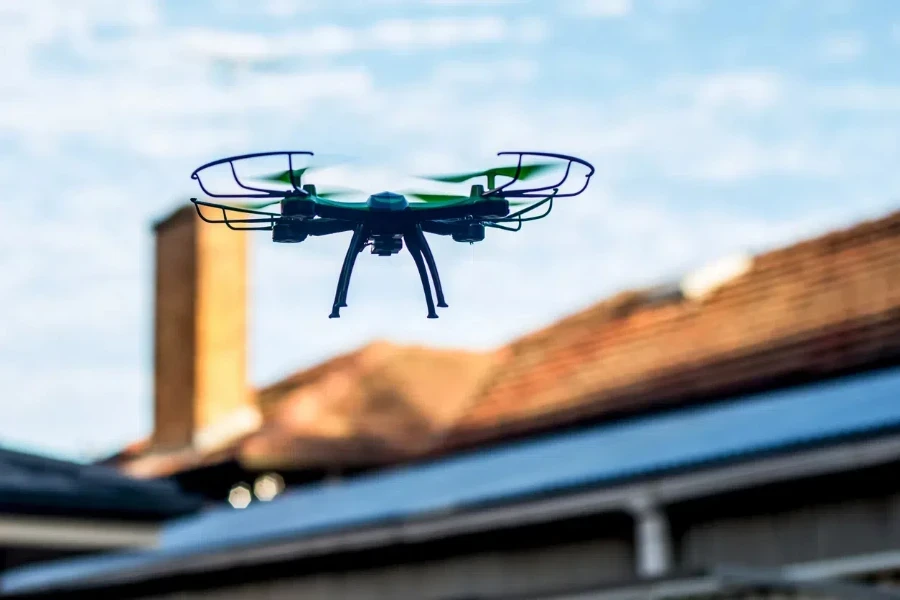
Compliance with regulatory requirements and adherence to safety standards are critical for the responsible use of mini drones. Understanding these aspects ensures that the drone operates within legal boundaries and prioritizes safety.
Regulatory Compliance
Regulatory compliance involves adhering to the rules and regulations set by aviation authorities. In many countries, mini drones must be registered with the relevant authorities, and operators may need to obtain certification. Regulations often specify operational limits, such as maximum altitude, no-fly zones, and line-of-sight requirements.
Compliance with these regulations is essential to avoid legal issues and ensure safe operation. It is important for buyers to familiarize themselves with the regulations in their region and select drones that meet these requirements.
Safety Standards
Safety standards are established to ensure that drones operate safely and do not pose risks to people, property, or other aircraft. These standards cover various aspects, including design, construction, and operational procedures. Drones that meet recognized safety standards are more likely to provide reliable and safe performance.
Manufacturers often obtain certifications from regulatory bodies and industry organizations to demonstrate compliance with safety standards. These certifications provide assurance to buyers that the drone has undergone rigorous testing and meets the necessary safety criteria.
User Training and Education
User training and education are essential components of safe drone operation. Many manufacturers provide training resources, such as user manuals, online tutorials, and certification programs. These resources help users understand the proper operation, maintenance, and safety protocols for their drones.
Investing in user training and education ensures that operators are knowledgeable about safe flying practices and can handle emergencies effectively. This proactive approach reduces the risk of accidents and enhances the overall safety of drone operations.
In Summary
In conclusion, selecting a mini drone involves evaluating various factors such as types, performance, design, technical specifications, and budget. Keeping abreast of the latest technology features, ensuring durability, and adhering to regulatory compliance are also crucial. By considering these aspects, buyers can make informed decisions and choose mini drones that meet their specific needs and expectations.
